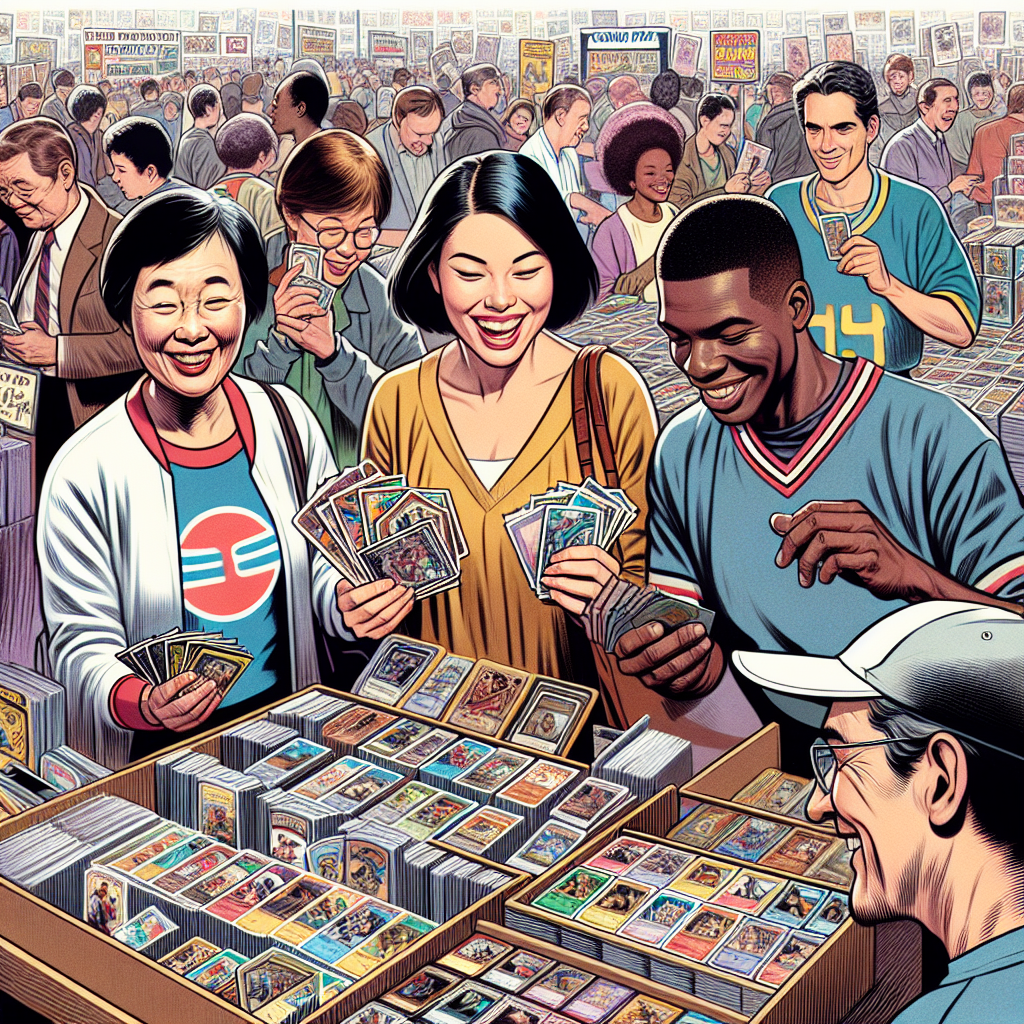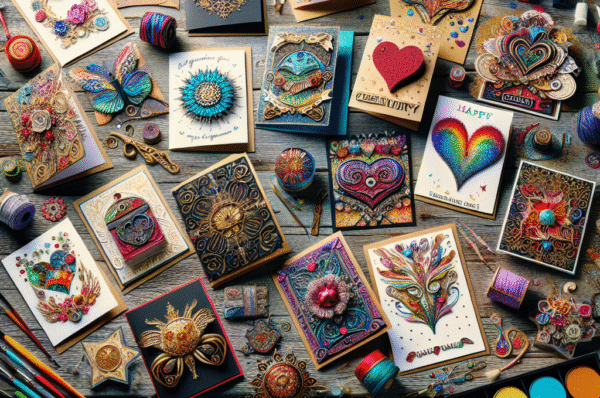In recent years, the trading card industry has experienced a phenomenal revival, captivating a new generation of collectors while rekindling the passion of long-time enthusiasts. From rare Pokémon cards fetching astronomical prices to the resurgence of vintage sports cards, the trading card phenomenon has transformed from a childhood pastime into a lucrative hobby and even an investment opportunity. Here’s a closer look at why collecting trading cards is cooler than ever and the factors contributing to this remarkable resurgence.
Nostalgia Meets Innovation
At the heart of the trading card revival is nostalgia. Many millennials and Gen Z individuals who grew up swapping basketball, baseball, or Pokémon cards have rediscovered their childhood passions. The emergence of online marketplaces and social media has made it easier than ever for collectors to connect, trade, and showcase their collections. Platforms like TikTok and Instagram have given rise to a vibrant community where enthusiasts share unboxing videos, trading tips, and insights into the often-complex world of card valuation. This blend of nostalgia and modern technology has created a lively culture where collecting cards is both a social activity and an investment strategy.
The Rise of Digital Collectibles
The evolution of trading cards has not only been about physical items. The introduction of Non-Fungible Tokens (NFTs) has added a digital dimension to collecting that is especially appealing to younger audiences. Digital trading cards, which can be bought, sold, and displayed in virtual galleries, allow collectors to own unique pieces of digital art, often tied to iconic moments in sports or pop culture. Platforms like NBA Top Shot have revolutionized the way fans engage with the sport by turning memorable highlights into tradable digital collectibles. The blockchain technology behind NFTs ensures security and authenticity, making these digital items just as valuable as their physical counterparts.
Blurring Boundaries: The Cross-Industry Phenomenon
The resurgence of trading cards extends beyond traditional sports and gaming cards. Prominent celebrities and iconic brands have also entered the trading card market, diversifying the types of collectibles available. Gasps of astonishment swept through the auction world when the first-ever trading card of soccer superstar Lionel Messi sold for over $5 million. Similarly, pop culture icons and franchises like Marvel and Star Wars have launched their own card sets, appealing to collectors across various interests. This cross-industry phenomenon has opened up collecting as a hobby for many who may not initially align with traditional trading card themes.
The Appeal of Investment Potential
The growing recognition of trading cards as investment vehicles cannot be overstated. Well-maintained, rare cards have seen their value soar, attracting both collectors and investors seeking high returns. Auction results have shown the staggering potential for profit, with some cards like the 1952 Mickey Mantle Tops card selling for over $5 million. The allure of flipping cards for profit has drawn in a new wave of investors, some of whom approach collecting with a shrewd, business-oriented mindset. However, the volatility inherent in the market can make this approach a double-edged sword, leading novices and seasoned collectors alike to tread carefully.
Community and Connection
Perhaps one of the most significant elements of the card resurgence is the sense of community that revolves around it. Collectors are creating spaces to share their love for cards, whether through local meetups, trading events, or online forums. These interactions foster a culture of sharing knowledge, tips, and stories, pushing the collective hobby forward.
Additionally, local card shops are experiencing a renaissance as safe havens for collectors, offering not just a retail experience but also a social hub. Trade nights, tournaments, and tournaments create opportunities for enthusiasts to gather, meet new friends, and further their collections in a welcoming environment.
Conclusion
The trading card resurgence is a testament to the timelessness of collecting and the joy it can bring. As digital innovation entwines with nostalgic traditions, the world of trading cards has become more vibrant and varied than ever. With the blending of communities, the potential for investment profit, and the sheer thrill of collecting, it’s clear that trading cards are not merely a trend; they are a cultural phenomenon that speaks to both our past and present. As we move forward into this exciting new era for collectors, one must ask: what incredible stories and rare finds await in the next wave of card collecting?




